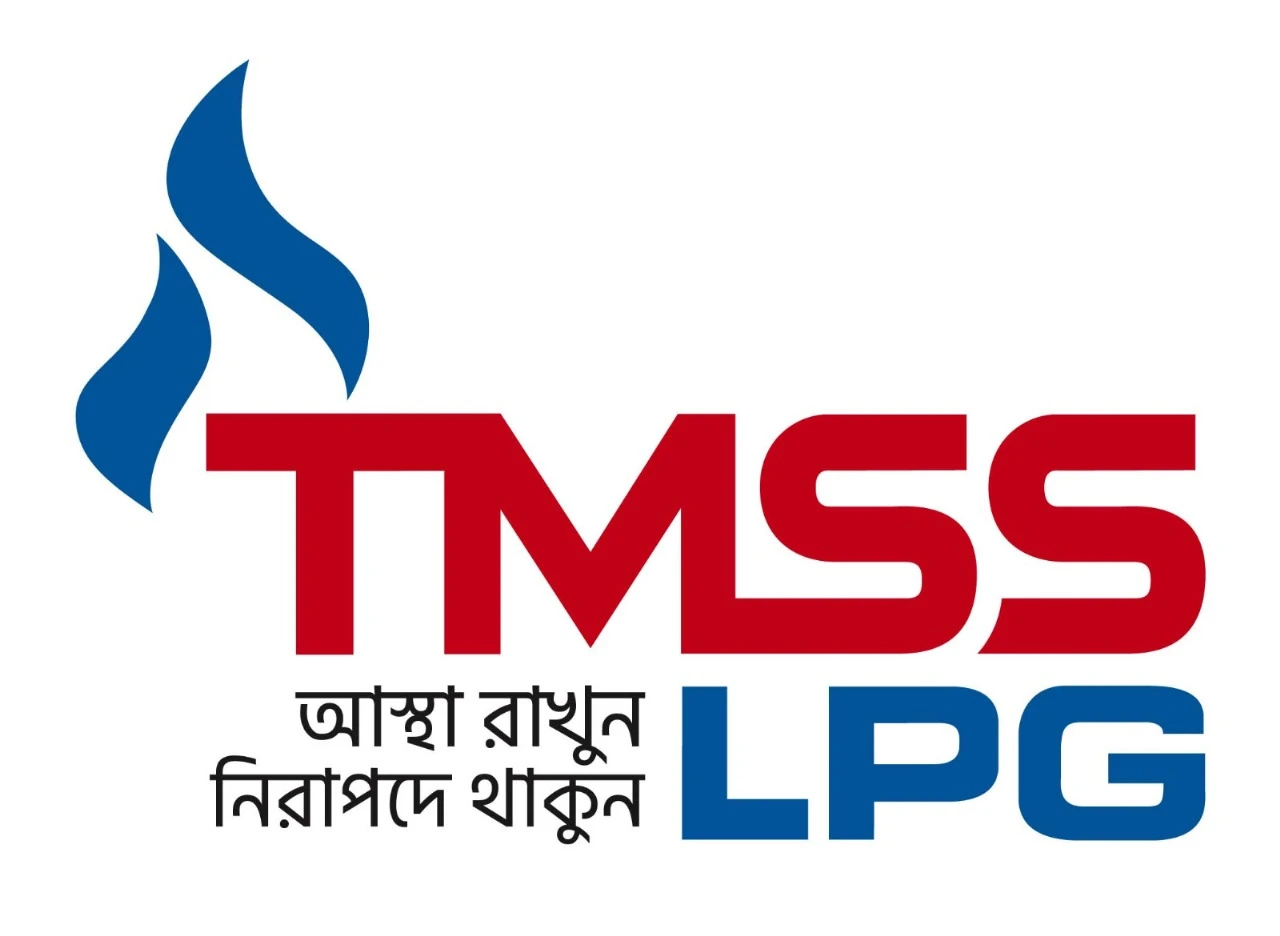LPG User Manual
Introduction
LPG (Liquefied Petroleum Gas) is a versatile and efficient energy source commonly used for cooking, heating, and fueling vehicles. This user manual provides essential guidelines for the safe and effective use of LPG.
Storage and Handling
- Storage Location: Always store LPG cylinders and tanks in a well-ventilated area, away from direct sunlight and flammable materials.
- Inspection: Regularly inspect cylinders and tanks for leaks or damage. Do not use damaged or expired cylinders.
- Connection: Ensure all connections are tight and secure before use. Use the correct regulator and fittings for your equipment.
Usage
- Appliance Installation: Only trained professionals should install LPG appliances to ensure proper setup and safety.
- Ventilation: Ensure adequate ventilation in the area where LPG is being used to prevent gas accumulation.
- Leak Detection: Be alert for the smell of gas. If you suspect a leak, turn off the gas supply immediately and ventilate the area.
Emergency Procedures
- Gas Leak: In case of a gas leak, do not use any electrical switches or open flames. Turn off the gas supply and evacuate the area. Contact emergency services if necessary.
- Fire: If an LPG-related fire occurs, use a fire extinguisher suitable for gas fires and call the fire department immediately.
Safety Tips
- Regular Maintenance: Schedule regular maintenance checks for all LPG equipment and appliances.
- Education: Educate all household members about LPG safety and emergency procedures.
- Child Safety: Keep LPG equipment and cylinders out of reach of children.
For further assistance or inquiries, please contact our customer support.



